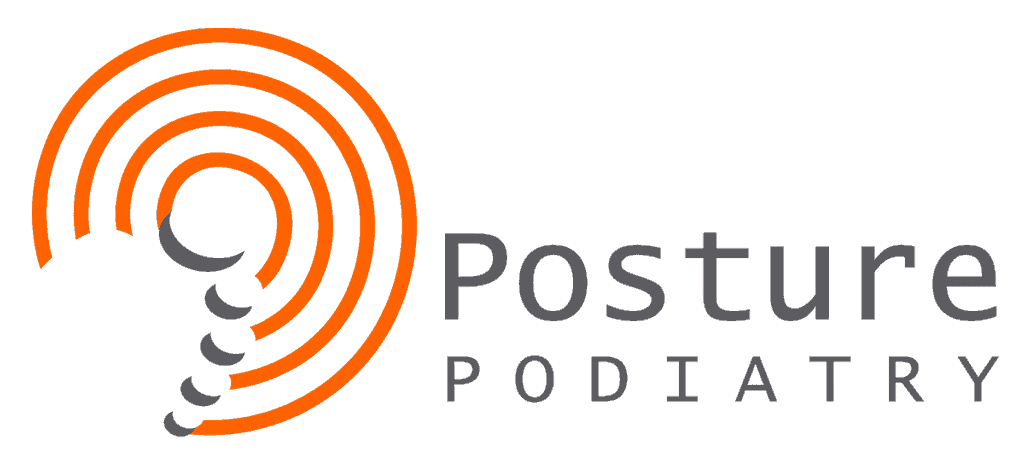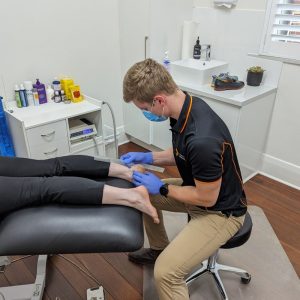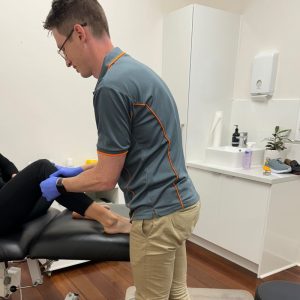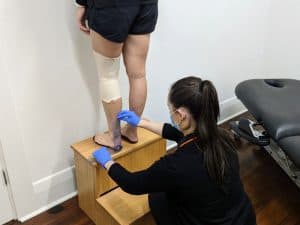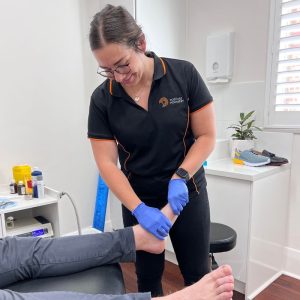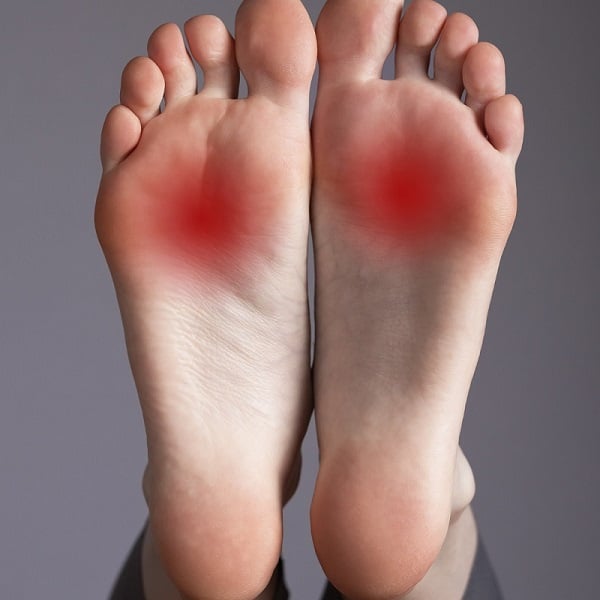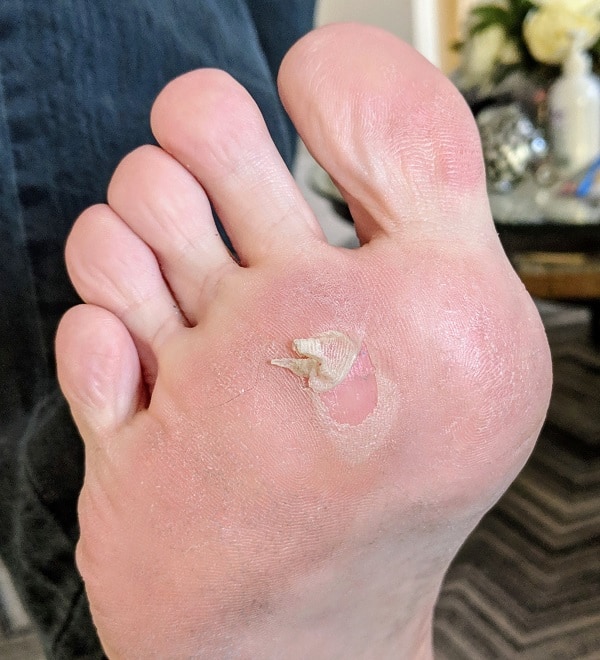Understanding the Root Causes of Leg Pain:
A Comprehensive Guide
Are you constantly struggling with leg pain and wondering what could be causing it? Look no further!
In this comprehensive guide, we will delve into the root causes of leg pain, providing you with the knowledge and understanding you need to find relief.
Leg pain can be a symptom of various conditions, ranging from minor muscle strains to more serious underlying issues. By understanding the underlying causes, you can take proactive steps towards managing and treating your leg pain effectively.
We will explore common culprits such as muscle cramps, joint inflammation, nerve damage, overuse injuries, and circulatory problems. You will learn how factors like muscle overuse, injury, poor posture, and certain medical conditions can contribute to these issues.
Whether you’re an athlete experiencing exercise-related leg pain or simply dealing with chronic discomfort, this guide will equip you with the necessary information to work with your podiatrist or family doctor to discover the root cause of your leg pain and take appropriate action.
So, why suffer in silence? Start your journey towards pain-free living today!
Looking for an Adelaide Podiatrist to help resolve leg pain?
BOOK ONLINE or Call 8362 5900
to schedule an appointment to see how we can help.
Remember, it’s always important to consult with a healthcare professional for an accurate diagnosis and personalised treatment plan.
Common Causes of Leg Pain
Leg pain can have various causes, and understanding them is essential for effective management. In this section, we will discuss some of the common culprits behind leg pain.
Musculoskeletal causes of leg pain can include muscle strains, sprains, and overuse injuries. These can occur due to activities such as running, jumping, sudden changes in activity levels or lifting heavy weights. Poor posture can also contribute to muscle imbalances and subsequent pain in the legs. Common examples of overuse injuries and conditions causing leg pain may include posterior tibial tendinopathy, peroneal tendinopathy and/or calf muscle strain.
Musculoskeletal leg injuries or biomechanical overuse conditions of the leg are by far the most common complaints we see affecting the legs at Posture Podiatry.
Vascular causes of leg pain often involve issues with blood circulation. Conditions like peripheral artery disease (PAD) can lead to reduced blood flow to the legs, resulting in pain, cramping, and fatigue. Deep vein thrombosis (DVT), a blood clot in the leg veins, can also cause severe pain and swelling. Buerger’s disease (also known as thromboangiitis obliterans) is another example of peripheral vascular disease which most commonly affects the blood vessels in the arms and legs.
Neurological causes of leg pain are often related to nerve damage or compression. Conditions like sciatica, where the sciatic nerve becomes pinched or irritated, can cause shooting pain down the leg. Other nerve-related issues such as neuropathy or nerve impingement can also lead to leg pain.
Medical conditions can also contribute to leg pain. Conditions like arthritis, fibromyalgia, and diabetes can all cause leg pain as a symptom. Additionally, certain infections, such as cellulitis or osteomyelitis, can lead to localised leg pain.
Risk factors for developing leg pain include age, obesity, sedentary lifestyle, and certain occupations that require prolonged sitting or standing. These factors can increase the likelihood of developing leg pain, so it’s important to be aware of them.
Looking for an Adelaide Podiatrist to help resolve leg pain?
BOOK ONLINE or Call 8362 5900
to schedule an appointment to see how we can help.
Diagnosing and Treating Leg Pain
Diagnosing the root cause of leg pain often requires a comprehensive evaluation by a healthcare professional. Podiatrists specialise in the diagnosis, treatment and management of foot and lower leg disorders. They may perform physical examinations, order imaging tests like X-rays or MRI scans, or conduct specific neurological or muscle testing. Sometimes referral will be advised to your family doctor for blood tests, nerve conduction studies and specialist multidiscplinary review to help identify the underlying cause.
Treatment options for leg pain can vary depending on the cause. For musculoskeletal issues, rest, ice, compression, and elevation (RICE) can help reduce pain initially, however, longer term relief from pain and inflammation will often involve advice on appropriate exercises, mobilisation, footwear review, orthotic therapy, dry needling, and/or ESWT (extracorporeal shock wave therapy).
In cases of vascular causes, lifestyle modifications such as regular exercise, smoking cessation, and maintaining a healthy weight can improve blood circulation. Specific toe and foot exercises may also help to improve circulation. Medications may also be prescribed to help manage pain and underlying conditions.
Neurological causes of leg pain may require medications to manage nerve pain, physical therapy to improve muscle function, and in some rare cases, surgical interventions to relieve nerve compression.
For leg pain caused by medical conditions, treating the underlying condition is essential. This is why communication with your family doctor is so crucial because changes may be needed with medications, lifestyle, or other specific treatments to ensure clients achieve the best outcome.
Looking for an Adelaide Podiatrist to help resolve leg pain?
BOOK ONLINE or Call 8362 5900
to schedule an appointment to see how we can help.
Home Remedies and Self-Care for Managing Leg Pain
In addition to medical interventions, there are several self-care measures you can take to manage leg pain at home. These include:
– Resting and avoiding activities that aggravate the pain.
– Applying ice or heat packs to the affected area for pain relief.
– Elevating your legs to reduce swelling and improve circulation.
– Practicing gentle stretching exercises to improve flexibility and reduce muscle tension.
– Using over-the-counter pain relievers or topical creams for temporary relief.
– Wearing supportive shoes and using appropriately prescribed orthotic inserts to improve posture and reduce strain on the leg muscles.
– Incorporating low-impact exercises like swimming or cycling into your routine to maintain overall fitness without exacerbating the pain.
Rememeber: If pain persists and continues to get worse rather than better, it’s very important to always consult your podiatrist or family doctor as soon as possible so the causative factors are ascertained.
Looking for an Adelaide Podiatrist to help resolve leg pain?
BOOK ONLINE or Call 8362 5900
to schedule an appointment to see how we can help.
When to Seek Medical Help for Leg Pain
While self-care measures can provide relief for mild leg pain, there are certain situations where it’s crucial to seek medical help. These include:
– Sudden and severe leg pain accompanied by swelling, redness, or warmth in the affected area, as it may indicate a blood clot or infection.
– Inability to bear weight on the leg or walk due to intense pain.
– Persistent pain that doesn’t improve with self-care measures or lasts for an extended period.
– Numbness, tingling, or weakness in the leg, as it may be a sign of nerve damage or compression.
– Any leg pain that is associated with a recent injury or trauma.
In these cases, it’s important to consult with a healthcare professional promptly for a thorough evaluation and appropriate treatment.
Looking for an Adelaide Podiatrist to help resolve leg pain?
BOOK ONLINE or Call 8362 5900
to schedule an appointment to see how we can help.
In conclusion, leg pain can have various root causes, and understanding them is essential for effective management. By recognising the common culprits, seeking medical help when necessary, and implementing self-care measures, you can take proactive steps towards finding relief and improving your quality of life. So, don’t let leg pain hold you back any longer – take action today!
